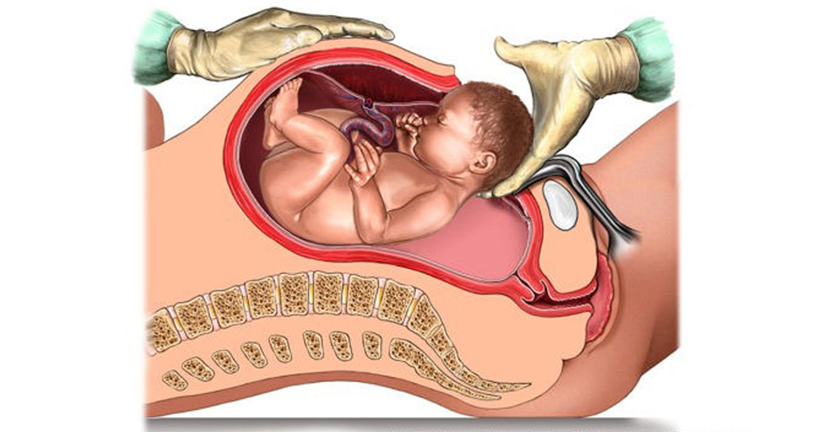A nurse is preparing a community health program for adults at risk for cardiovascular disease. Which of the following should the nurse include as a modifiable risk factor?
Family history of cardiac disease.
Increasing age.
Diagnosis of diabetes mellitus.
Cigarette smoking.
The Correct Answer is D
Choice A reason:
Family history of cardiac disease is a non-modifiable risk factor. This means it cannot be changed or controlled through lifestyle or behavioral modifications. A family history of heart disease increases an individual’s risk, but it is not something that can be altered.
Choice B reason:
Increasing age is another non-modifiable risk factor. As people age, their risk for cardiovascular disease naturally increases. This is due to the cumulative effects of aging on the cardiovascular system, which cannot be changed.
Choice C reason:
The diagnosis of diabetes mellitus is a complex risk factor. While the presence of diabetes itself is not modifiable, the management of diabetes through lifestyle changes, medication, and diet can significantly reduce cardiovascular risk. However, the condition itself remains a non-modifiable risk factor.
Choice D reason:
Cigarette smoking is a modifiable risk factor. This means that individuals can reduce their risk of cardiovascular disease by quitting smoking. Smoking cessation has been shown to significantly lower the risk of heart disease and improve overall cardiovascular health.
Nursing Test Bank
Naxlex Comprehensive Predictor Exams
Related Questions
Correct Answer is ["2.0"]
Explanation
To calculate the dosage, follow these steps:
Step 1: Identify the prescribed dose.
The prescribed dose is 25 mg.
Result: 25 mg.
Step 2: Identify the concentration of the medication.
The concentration is 12.5 mg/mL.
Result: 12.5 mg/mL.
Step 3: Calculate the volume to administer.
Volume (mL) = (Prescribed dose in mg) ÷ (Concentration in mg/mL).
Volume (mL) = 25 mg ÷ 12.5 mg/mL.
Volume (mL) = 2 mL.
Result: 2 mL.
So, the nurse should administer 2.0 mL of diphenhydramine elixir per dose.
Correct Answer is B
Explanation
Choice A reason:
Saying “Maybe next time you can have a vaginal delivery” is not supportive and may minimize the client’s current feelings of disappointment. It is important to acknowledge and validate the client’s emotions rather than focusing on future possibilities.
Choice B reason:
This response, “It sounds like you are feeling sad that things didn’t go as planned,” is empathetic and validates the client’s feelings. It shows that the nurse is listening and understands the client’s disappointment, which is crucial for emotional support.

Choice C reason:
While it is true that having a healthy baby is important, saying “At least you know you have a healthy baby” can come across as dismissive of the client’s feelings. It is essential to address the client’s emotions directly rather than shifting the focus.
Choice D reason:
Telling the client “You can resume sensations sooner than if you had delivered vaginally” is not relevant to the client’s expressed feelings of disappointment about not having a natural childbirth. This response does not address the emotional aspect of the client’s experience.
Whether you are a student looking to ace your exams or a practicing nurse seeking to enhance your expertise , our nursing education contents will empower you with the confidence and competence to make a difference in the lives of patients and become a respected leader in the healthcare field.
Visit Naxlex, invest in your future and unlock endless possibilities with our unparalleled nursing education contents today
Report Wrong Answer on the Current Question
Do you disagree with the answer? If yes, what is your expected answer? Explain.
Kindly be descriptive with the issue you are facing.
